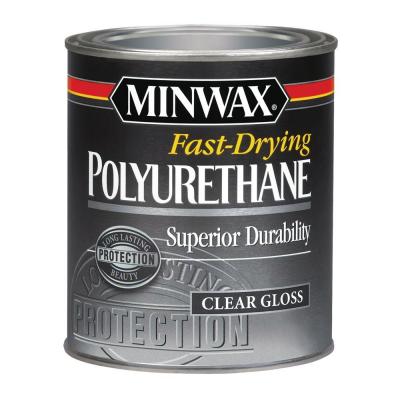Hello Todd,
I use the pickle jar method mentioned in the library, and a hand vacuum pump I got from Harbor Freight.
Brake Bleeder & Brake Bleeder Vacuum Pump Kit
I have had success with both Cabbot's and Helmsman, although Helmsman is more clear (most polyurethane will be amber).
I leave it in the vacuum for about three to four weeks as I've found that a couple weeks just didn't do it for me. I am still experimenting with it, but have found that 250 for an hour or so may do it depending on conditions (my set up was in an unheated warehouse. Took only an hour in the summer, but a couple in the colder months.) I've had to put the blanks back in the oven before because they still weren't done.
It could have been a difference in the brands, or conditions (I don't know). I just tried a second cook on some blanks this week, and after another 90 minutes @200, they had just dried.
After that, I let them sit for as long as I can wait until the smell goes away to make sure they are fully cured.
The blank I used for your pen was actually overcooked:redface:, and had a burnt look to it. I was a lighter color before I got to it. Fortunately I very much liked the way it turned out. It was originally going to do something else for PITH, but I liked this one so much it just sort of insisted on being the one.
ETA: forgot to mention that thinning the poly can help. Read clean up instructions to find out what to thin it with. Both my poly's called for mineral spirits. It's all been pretty much trial and error for me.

